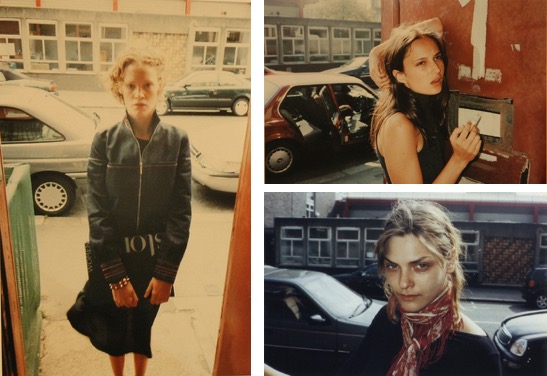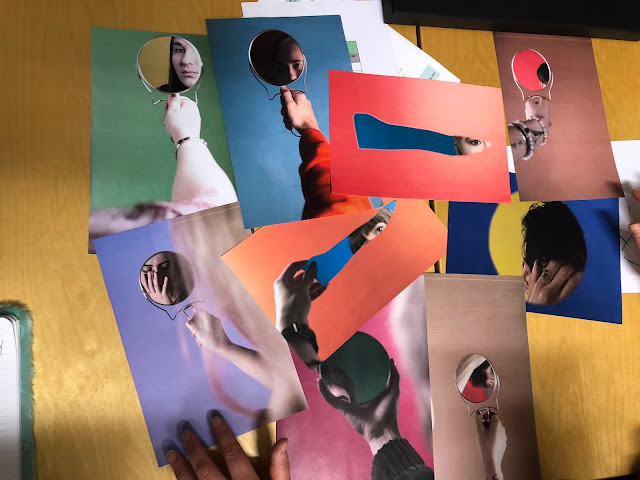Tim Brown.
Today Tim Brown, who recently finished doing his Masters, gave a talk on what he learned from doing this and to offer his advice to the class. I found this to be really interesting to see a point of view from someone who has been in the same position as me and has also continued his education to a higher degree.
I am going to write the advice he gave us in a list, as he gave short and really good advice:
The exhibition is joint - help each other out and make a plan.
Backup obsessively to external hard drive or Cloud storage.
Don't rely on SD cards or USB storage.
Copy RAW files.
Create photobook dummies.
Work back from deadlines.
Allow for things to go wrong.
Use the time wisely.
Help each other out.
One thing he said was that, although we don't have a lot of time and need to use it as best we can, we have enough time to create really good work that we can be happy with.
He suggested to use Gantt charts to help us organise out time. A website he used is ganttprojects.biz.
He said to:
Plan out stages.
Track progress.
Be aware of what depends on what.
This is good practice if doing MA.
Edits and sequencing:
Work on them while continuing new work in parallel.
Order small test prints.
Test paper + colour balance.
Reassurance before paying for final prints.
Seek feedback from as many people as possible.
One thing that Tim said that he did that I hadn't thought of was he used the base room at the university and spent an hour or 2 looking at his images printed. He set out his images on the table as this was a lot easier for him to see them because looking at physical prints is a lot different to looking on a screen. He experimented with arranging them by colour, theme etc.
Testing layouts:
Look for inspiration; eg. - Wolfgang Tillmans.
Working toward a short edit: for book structure + competitions.
Dummies:
Keep making dummy books if a book is going to be final project.
Laser-jet prints and bulldog clips.
Cut down images: 300 ---> 100 ---> 50 (makes it a brief statement and focuses on project).
I am going to write the advice he gave us in a list, as he gave short and really good advice:
The exhibition is joint - help each other out and make a plan.
Backup obsessively to external hard drive or Cloud storage.
Don't rely on SD cards or USB storage.
Copy RAW files.
Create photobook dummies.
Work back from deadlines.
Allow for things to go wrong.
Use the time wisely.
Help each other out.
One thing he said was that, although we don't have a lot of time and need to use it as best we can, we have enough time to create really good work that we can be happy with.
He suggested to use Gantt charts to help us organise out time. A website he used is ganttprojects.biz.
He said to:
Plan out stages.
Track progress.
Be aware of what depends on what.
This is good practice if doing MA.
Edits and sequencing:
Work on them while continuing new work in parallel.
Order small test prints.
Test paper + colour balance.
Reassurance before paying for final prints.
Seek feedback from as many people as possible.
One thing that Tim said that he did that I hadn't thought of was he used the base room at the university and spent an hour or 2 looking at his images printed. He set out his images on the table as this was a lot easier for him to see them because looking at physical prints is a lot different to looking on a screen. He experimented with arranging them by colour, theme etc.
Testing layouts:
Look for inspiration; eg. - Wolfgang Tillmans.
Working toward a short edit: for book structure + competitions.
Dummies:
Keep making dummy books if a book is going to be final project.
Laser-jet prints and bulldog clips.
Cut down images: 300 ---> 100 ---> 50 (makes it a brief statement and focuses on project).


Comments
Post a Comment